In today’s time, galvanized steel is widely used for manufacturing products across several industries. However, several buyers, construction contractors, and civil engineers often ask “Does galvanized steel rust?” If you’re also wondering the same, keep reading this guide.
In this blog post, you’ll learn what galvanizing is and how it’s done on steel. You’ll also know whether galvanized steel rust or not and what factors lead to rust. By the end, you’ll also learn the answers to few most asked questions related to galvanized steel and rusting.
So, let’s get in!
What is Galvanizing?
Galvanizing is basically a method in which the raw steel is coated with a zinc metal to create a protective layer and barrier over steel. This zinc barrier actually protects steel from moisture and oxygen, and prevent rust. For galvanizing, manufacturers use several processes. However, among all of them, the hot-dip galvanizing method is commonly used process.
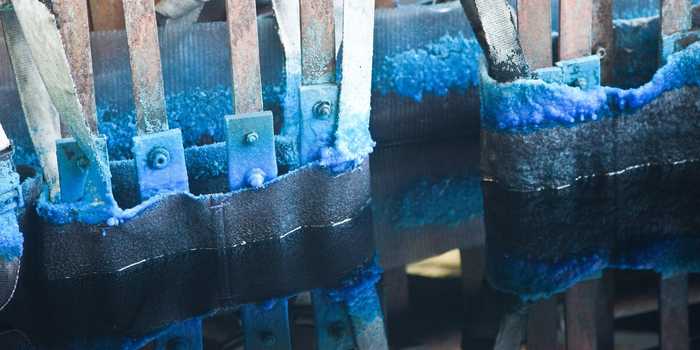
Does Galvanized Steel Rust?
Yes, galvanized steel does rust. However, the rusting phase starts after 20–50 years.
Basically, when you use galvanized steel, its zinc layer protects it from moisture and oxygen. And that’s how zinc actually prevents and delays rusting. Because zinc has a very high corrosion-resistant capability, plus, it’s far more durable than paints and other metals.
However, this protection doesn’t last forever. Because when the galvanized steel, over time, continues to come in contact with humidity, salty air/ water, acidic water, or scratching, slowly zinc layer begins to wear off.
And when it starts wearing off, the underneath steel eventually starts to rust. Even whether the zinc layer is thick or thin, also affect how soon rusting begins.
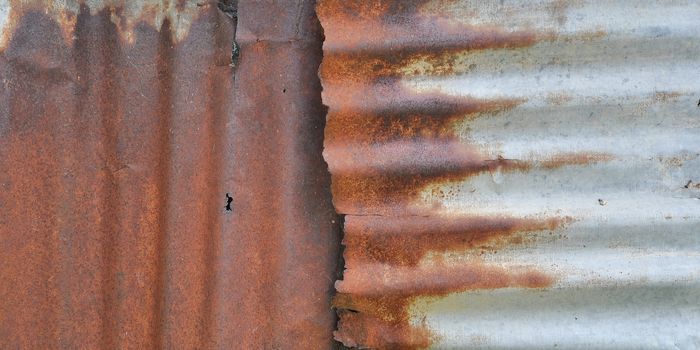
How is Galvanizing Done? 5 Steps of the Galvanizing Process
There are several methods to perform the galvanizing process. However, one of the most widely used and offered methods is hot-dip galvanizing. In the section below, you’ll learn the steps and exact method of how steel is galvanized:
-
Surface Cleaning
The first step is to clean the steel. Because the galvanizing, means coating zinc over steel, cannot be done if the steel has dirty or greasy surface.
For cleaning, mostly degreasers or alkaline solutions are used. Manufacturers dipped the steel within these solutions to thoroughly clean steel and remove oil, dirt, and grease. After the steel is dirt-free, it is rinsed with cold water.
-
Pickling
Now that the steel is cleaned, then it’s dipped or pickled in an acid solution (hydrochloric acid or sulfuric acid solution) at ambient temperature. This pickling helps remove rust, scale, or mill residue from steel.
In some cases, stains of paint or welding slag are not removed when dipped in these cleaning solutions. In such a case, a fabricator is used to thoroughly clean the steel. Once the steel is clean, it is again rinsed with cold water.
-
Fluxing
Then, a flux solution (usually zinc ammonium chloride) at 65-80°C is applied over steel. The application of a flux solution basically prevents steel from oxidation.
-
Galvanizing (Hot-Dip Method)
Here comes the main step. After fluxing when the steel is properly cleaned, it is now dipped into a large bath of molten zinc (around 450°C / 840°F). The steel is kept dipping for a certain time until it forms a shiny and hard coating. The time often varies based on steel thickness.
-
Cooling and Inspection
After the coated steel creates bonds, it is cooled (usually in water or air). And once cooled down, manufacturers inspect its coating quality, thickness, and uniformity.
Some manufacturers also apply paint or powder coating. Although it’s necessary but can be used for aesthetic purposes and additional protection.
Types of Galvanized Steel
The final galvanized steel product or sheet is produced after going through certain galvanizing technique. Here are the most used galvanized steel types varying on galvanizing technique (means zinc application methods):
-
Hot-Dip Galvanized Steel (HDG)
This steel type is produced using hot-dip galvanizing method. In this method, a thoroughly cleaned steel is dipped into a bath of molten zinc. Then the steel is left dipped inside the zinc bath until it forms a thick bond of zinc-iron alloy over steel surface.
The zinc layer of this steel type is thick, durable, highly corrosion resistance and gives rougher surface finish. That’s why this steel type is commonly used for outdoor products. You will commonly find HDG steel in guardrails, street light poles, fences, utility poles, and building frames.
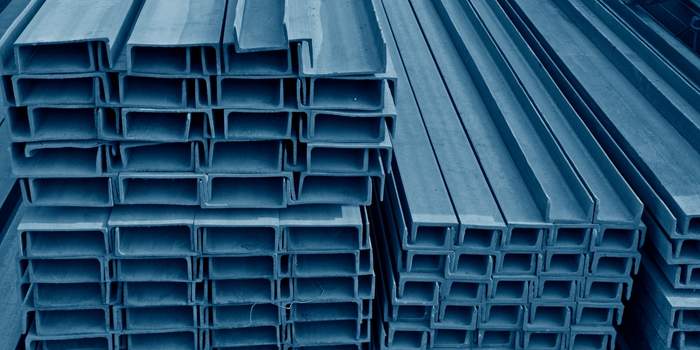
-
Electro-Galvanized Steel (EG)
Electro-galvanized steel whereas uses electroplating rather than dipping. In this method, zinc is deposited on steel sheet through an electric current in a zinc salt solution. This steel type is typically thin, smooth, and has uniform coating of zinc.
Since its coating is thin, so it’s less durable in corrosive environments. That’s why you’ll commonly see this type of galvanized steel widely used indoors. Like in car body panels, office cabinets, electrical appliances, and computer hardware.
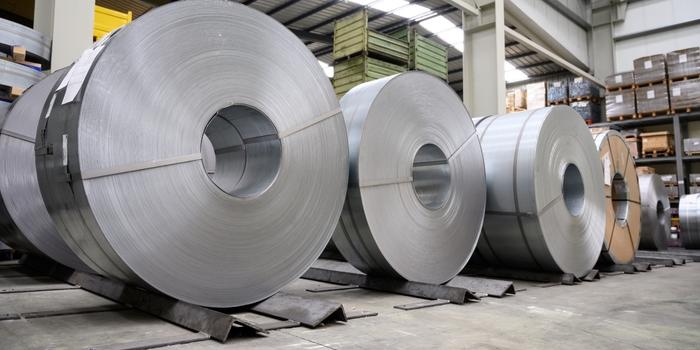
-
Pre-Galvanized Steel
If you’re working with factory-made components like conduit pipes, they may be made using pre-galvanized steel. In this method, steel sheets or coils are galvanized (means zinc layer is coated) before fabrication using a continuous hot-dip process.
Compared to other types, this steel type is cost-effective and less durable. That’s why you can use this steel in areas where edges are not heavily exposed to moisture or harsh environments.
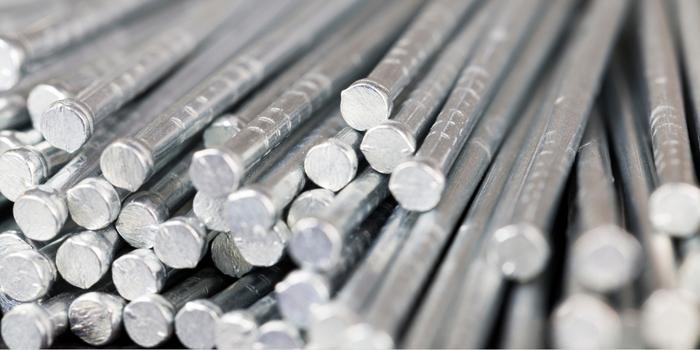
-
Galvannealed Steel
This steel type is produced using combination of two processes: hot-dip galvanizing and annealing (heating) process. In this method, the coating of iron and zinc layers is applied over steel sheets. It creates a matte, paintable surface with excellent welding capability.
That said, if you are looking for galvanized steel or certain products that can hold paint for longer, we suggest you go for galvannealed steel. You’ll often find it used in automotive parts, home appliances, doors, and panels that require painting or welding during assembly.

What Factors Influence Rust on Galvanized Steel?
As we mentioned earlier, galvanized steel starts to rust under certain conditions. In the sections below, you’ll learn about all the conditions or factors that pose rust risks to galvanized steel. That way, you will better understand and take control on how to protect and extend the lifespan of your galvanized products.
- Zinc Coating Thickness
Galvanized steel that contain thin zinc layer (like pre-galvanized steel type), it may wear out faster and start rusting. Whereas, thicker coatings (like hot-dip galvanized steel) last longer and offer better protection.
- Exposure to Moisture
Although zinc is insoluble in water, still under consistent moisture exposure, it breaks down. Like when the galvanized steel is continuously exposed to rain, humidity, or standing water, though slowly, but the zinc layer may start to wear off. In result, steel may start to rust or corrode.
- Coastal and Salty Environments
Sodium chloride (salt), which is common in coastal areas, severely affect zinc corrosion. Even salt weaken the zinc barrier more quickly than freshwater, posing rust chances.
- Acidic or Polluted Environments
Industrial areas with sulfur dioxide, or chemical fumes over time wear down the zinc coating. Even the acid rain water also lead to rust risks.
- Physical Damage to the Zinc Layer
Over time scratches, cuts, or dents to galvanized steel weaken the zinc barrier. And as a result, the steel underneath expose and start to rust.
- Soil Contact
Buried galvanized steel in wet, acidic, or clay-heavy soils exposes steel to moisture which often result in rust. However, the impact of soil may depend on the type of soil the steel is buried in.
- Temperature and Climate Extremes
Very high humidity or frequent freeze also weaken the coating. On the other hand, the heat, means low temperatures doesn’t affect the zinc. However, low temperature with humidity can severely affect galvanized steel coating.
- Lasting Time
Over decades, even the best zinc coating will wear out naturally. So after 20–70 years or even earlier, depending on environment and coating quality, galvanized steel may naturally start to rust.
Advantages of Galvanized Steel
- Long Lifespan
Regardless of galvanized steel type, it can last up to 20 (under moisture exposure) to 50 years (under normal environment conditions). Few galvanized steel even last up to 70 years. Even if you buy low-quality galvanized steel, it may still last up to 5–10 years.
- No After-Maintenance Needed
Once you buy galvanized steel, you do not need to do invest on post-maintenance. Just buy it once and use it for several years.
- Cost-Effective Protection
Galvanized steel is more affordable compared to stainless steel. Even they come ready to use. Means, you do not need to invest on repeated painting, inspections, or repairs.
- Sacrificial Protection
Even if the zinc surface gets scratched, underneath steel still doesn’t start to rust. Because the zinc corrodes first. Means, even after damage, it still protects the steel underneath.
- Wide Availability
Another big advantage is that galvanized steel is manufactured and available in various sizes and forms. Means you can transform it for several purposes (like sheets, pipes, angles, etc.). Also, it’s a very durable option.
- Environmentally Friendly
The galvanized steel is also environmentally friendly. Because zinc is recyclable. And galvanizing increases the lifespan of steel, means wastage of steel becomes less.
Заключение
To sum it all up, the answer to “does galvanized steel rust?” is yes, galvanized steel rusts. However, the rusting process starts very later. In fact, after 20–50 years. That’s the reason why galvanized steel is widely used in construction and several other industries, all due to its durability, affordability, and long resistance to corrosion.
В ДЖЕКВИН, many of our road safety products, including guardrails, барьеры для контроля толпы, дорожные ограждения, и парковочные столбики are manufactured using high-quality galvanized steel. If you’re looking for reliable and durable road and traffic safety solutions, связаться с нами сегодня, чтобы получить мгновенный запрос.
FAQs Related to Galvanized Steel Rust
-
How long does it take for galvanized steel to rust?
The exact time depends on galvanized steel production and the environment it is exposed to. An uncleaned galvanized steel usually starts to rust within 3–5 years. Whereas, thoroughly cleaned one can resist rust for 20 to 70 years.
Apart from that, based on environmental factors (like humidity, salt exposure, pollution, and soil contact), the time also varies that when rusting phase begins.
-
Is galvanized steel corrosion-resistant?
Yes, it is highly corrosion-resistant, but not for a life-time. Because the galvanized zinc layer over steel, over time starts to wear off. And once this happened, the zinc layer may eventually start to corrode.
-
Does galvanized steel rust faster than stainless steel?
Yes, in most of the cases. That’s because stainless steel actually contains a layer of chromium, which contains a more rust-resistant capability than stainless steel. Even if chromium layer gets scratched, it can still resist rust for some time.
Galvanized steel, on the other hand, contains zinc layer. Although it’s also durable metal. But once it wears off, the underneath steel starts to rust.
-
Does galvanized steel rust in water?
Yes, galvanized steel can rust in water, but only over time. In clean and fresh water, zinc can hold up and protect steel very well for many years. However, in saltwater or chlorinated water, the zinc layer breaks down faster and steel start to rust earlier.
-
Will galvanized steel rust in concrete?
Not really. In fact, galvanized steel performs very well.
Actually, concrete has alkaline environment. This environment aids protect the zinc coating from corrosion. That’s why this steel type is used for bridges, buildings, and foundations.
However, if you place the same galvanized steel in poor-quality or cracked concrete, so yes, the steel may rust in concrete.
-
Does galvanized steel rust in the ground?
Yes but based on ground’s soil conditions. By that we mean, in dry soils, galvanized steel can resist rust for 50+ years. But in wet or salty soils, it may break down faster and steel starts to rust earlier than normal rusting time.
-
Does painted galvanized steel rust?
No matter whether you apply paint or not, galvanized steel may eventually rust over time. Although the zinc layer over steel is enough to delay the rusting, but if paint is applied, it will just add an extra protective layer. Means, paint just further delay rusts.
-
Will galvanized steel rust in salt water?
Yes. In fact galvanized steel starts to rust faster in salt water. Because salt has ability to break down the zinc coating (called saltwater corrosion). That’s why, galvanized steel is not used for marine environments. Instead, stainless steel is used.
-
Does galvanized steel rust in rain?
Yes it rusts but over time. Although galvanized steel can withstand exposure to rain for 20 years or more. However, over time and with constant exposure to normal or acid rain, the zinc layer breaks down. And eventually your galvanized steel starts to rust.


-80x69.png)

